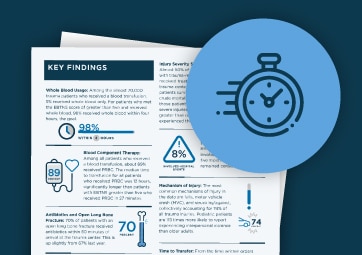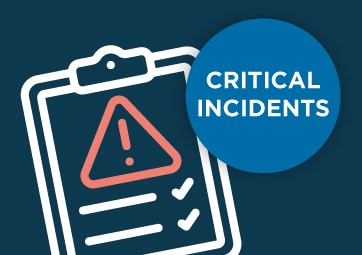For the past several months, the ESO Data Cafe webinar series has given us an inside look at the metrics of the 2023 ESO Trauma Index. Pulling data from the world’s largest de-identified medical database from January through December 2022, The Trauma Index was created to establish industry-wide benchmarks surrounding important topics. This month, we’re focusing on the Injury Severity Score (ISS) and what it tells us about trauma patient outcomes.
What is the Injury Severity Score (ISS) and Why Does it Matter?
Developed by Susan P. Baker, MPH, ISS is used to determine the seriousness of a traumatic injury, with a higher score indicating a more severe injury. Why is this important? It helps medical professionals and hospitals better understand the risks trauma patients face and where resources should be focused. Knowing these numbers allows trauma centers to improve care and ultimately save lives.
Key Takeaways from the 2023 Trauma Index
The 2023 Trauma Index offers valuable insights into how injury severity scores are distributed, what mortality rates look like based on these scores, and where patients receive treatment. Here are some of the highlights:
- Most injuries are less severe. 51% of patients had an ISS between one and eight, while 33% fell in the nine to 15 range. The most severe injuries, with scores over 25, made up just 7% of all trauma cases.
- Patients with the highest severity scores (greater than 25) face the highest mortality rates at 29%. For less severe injuries (ISS one to eight), mortality drops to just 2%.
- Nearly half of all trauma patients–49%–are treated at Level I trauma centers, regardless of how severe their injuries are.
Get a breakdown of the 2023 Trauma Index data directly from the authors
To hear more on ISS from the researchers behind the index, register now for this month’s final webinar in the ESO Data Café happening September 19, 2024, from 12-1 p.m. CT. In addition to reviewing this important metric, they’ll also show you how to better extract your own data while improving patient care.


